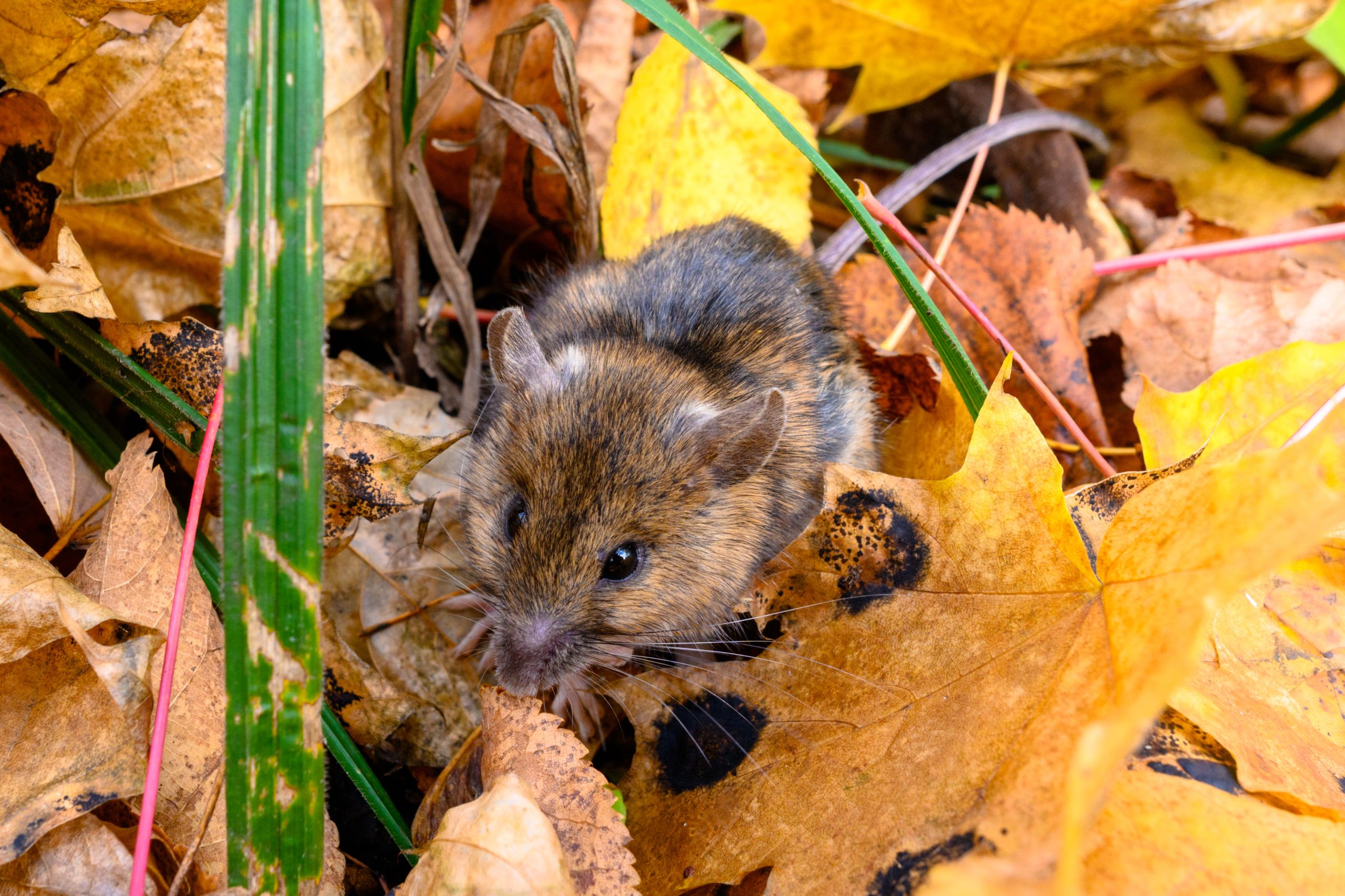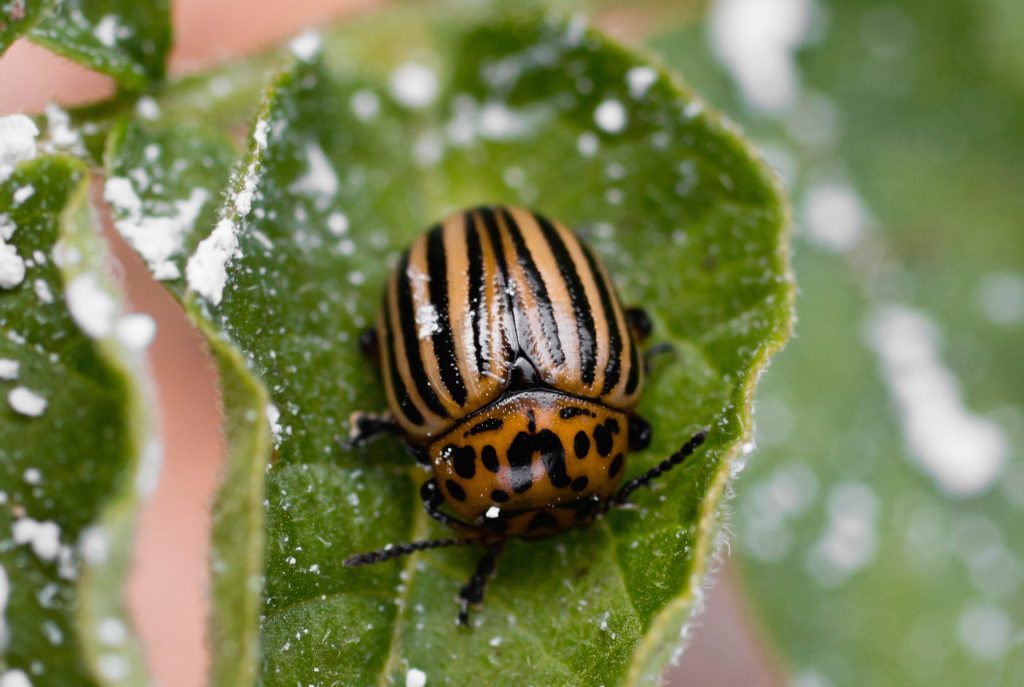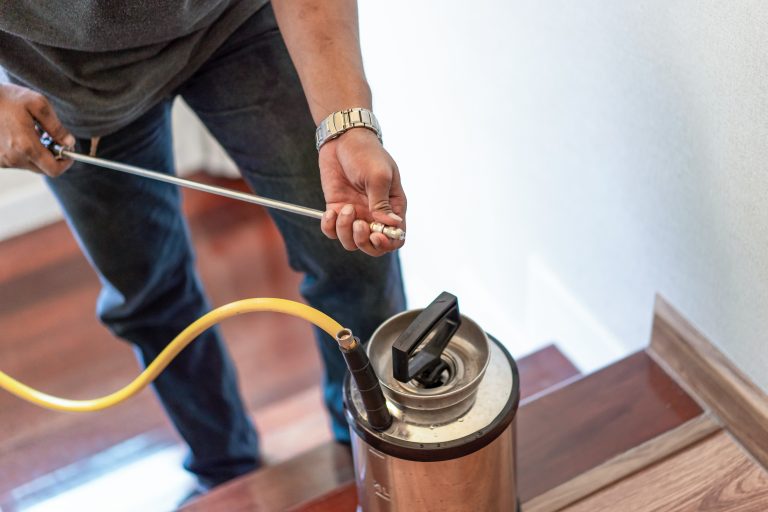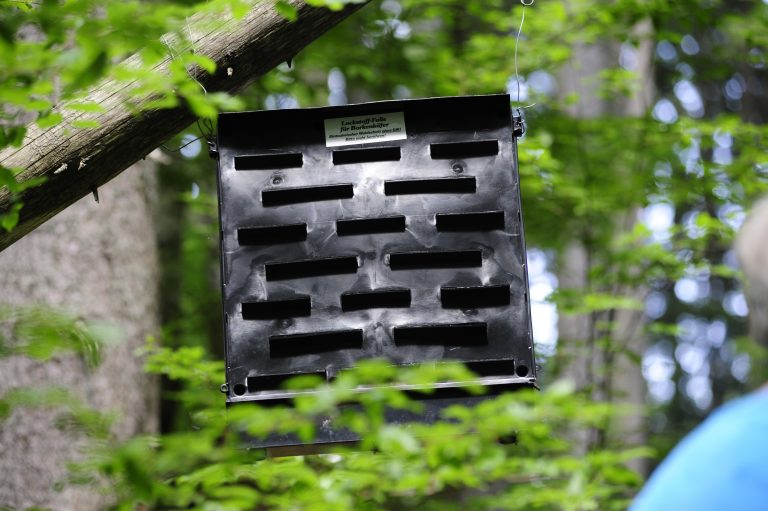4 Key Seasonal Extermination Tips for a Pest-Free Home

Pest invasions can turn your home from a cozy retreat into a critter hotspot if you’re not vigilant. Let’s dive into the seasonal extermination tips that’ll keep your home pest-free and your mind at ease.
Pests vary with the seasons: spring brings ants, summer flies and mosquitoes, fall rodents, and winter spiders. Understanding their seasonal patterns is key to keeping them out. Like anticipating an unwelcome guest’s arrival, knowing when pests are likely to strike helps prevent infestations.
Your pest control strategy should adapt to the seasons. Just as you wouldn’t wear shorts in a snowstorm, a one-size-fits-all approach won’t work. Each season demands a tailored plan to tackle the specific pests that pose a threat. In this article, we’ll delve into adjusting your tactics throughout the year to maintain a pest-free home.
1. Spring Pest-Proofing Steps
Spring is the season of renewal, and unfortunately, that includes the pest population. Ants, termites, and other critters emerge from their winter hideouts, eager to explore—and potentially infest—your space. To keep them out, start by sealing any cracks or openings in your home’s exterior. It’s like putting up a “No Vacancy” sign for pests.
Hey hey! Don’t forget to subscribe to get our best content 🙂
Next, ensure your kitchen is as unwelcoming as possible to these six-legged invaders. Store food in sealed containers, clean up spills immediately, and don’t let the trash linger. It’s the equivalent of not leaving a cake out in a bear country campground. Finally, clear away any standing water around your home; it’s a breeding ground for insects and can be as enticing as a pool on a hot day.
In the video, RovePestControl explains –
RovePestControl
- Weather Changes as Pest Drivers: Significant weather changes, like transitioning into spring or experiencing rainstorms, can drive pests into homes.
- Clean Kitchen Counters: Keeping kitchen counters clean and wiped down is crucial to prevent attracting ants and other pests, which can lead to further infestations.
- Thorough Vacuuming: Regular vacuuming, especially in carpeted areas and pet beds, helps to remove potential breeding grounds for insects like fleas.
- Door Sweeps and Weather Stripping: Installing door sweeps and weather stripping can effectively seal off entry points for pests like rodents and insects.
- Professional Inspection: Companies like Grove Pest Control offer inspections to identify and seal entry points around the home, preventing pest intrusion.
- Perimeter Spray: Professional pest control services can apply liquid treatments around the perimeter of the home to create a barrier against pests.
- Spring Cleaning Timing: Taking advantage of these pest-proofing tips during spring cleaning is crucial, as pests are more active during this time.
- Free Consultation Offer: Grove Pest Control offers free consultations for those experiencing pest issues or seeking preventative measures.
- Holistic Approach: Addressing both interior and exterior areas of the home, including counters, carpets, doors, and windows, is essential for comprehensive pest prevention.
- Proactive Pest Management: Implementing these tips regularly helps in maintaining a pest-free home and avoiding potential infestations.
2. Summer Extermination Tactics
When the heat is on, so is the pressure from pests. Cockroaches, flies, and mosquitoes can turn your summer dream home into a nightmare. To combat these pests, focus on eliminating their breeding grounds. Regularly empty and clean bins, and keep food covered to avoid attracting flies. For mosquitoes, remove any standing water (yes, they love it in summer too) and consider planting mosquito-repelling plants like citronella or lavender.
Installing screens on windows and doors can be a game-changer, acting like a bouncer at the club door, and keeping the unwanted party-crashers outside. Lastly, use insect-repellent lights around your patio or deck. They’re like the cool, moody lighting at a restaurant that not only sets the ambiance but also keeps the buzzing admirers at bay.
3. Fall Inspection Essentials
As leaves fall, pests start scouting for winter accommodations. This is the time for a thorough inspection of your home. Check for gaps where mice or squirrels could squeeze through—they can fit through holes as small as a dime! Think of it as proofreading your home’s exterior; every little error can lead to big problems.
Clean your gutters; clogged ones can attract insects and lead to water damage, which in turn can attract more pests. It’s a domino effect you don’t want to start. Lastly, store firewood away from your home’s foundation to discourage any freeloaders from hitching a ride inside. It’s like not parking your food truck next to a hungry crowd.
4. Winterizing Your Home

Winter is a time for hibernation, and not just for bears. Pests like spiders, rodents, and even bed bugs are looking for a cozy corner in your home to escape the cold. Insulate pipes and walls to keep the warmth in and the pests out—it’s like wrapping your home in a snug blanket.
Use door sweeps and repair any damaged weather stripping to block chilly drafts and any critters that might be riding them. And don’t forget to inspect your attic and basement regularly; these are prime real estate for pests looking for a winter getaway. It’s like checking the guest rooms before the in-laws arrive—you want to be prepared.
Natural Remedies vs. Chemicals

When it comes to pest control, it’s the classic showdown: natural remedies or chemical warfare? Natural options, like diatomaceous earth for insects or peppermint oil for mice, are like the friendly neighborhood watch—they’re effective and non-intrusive.
Chemicals, on the other hand, are the SWAT team—powerful but with potential collateral damage. They’re often quicker and more comprehensive but can pose risks to pets and children. It’s important to weigh the pros and cons, considering the severity of your pest problem and the safety of your household.
Professional vs. DIY Methods

Sometimes, tackling pests is a DIY project; other times, it’s a job for the pros. If you’re dealing with a few ants or the occasional spider, store-bought traps and sprays might do the trick. It’s like fixing a leaky faucet—you can probably handle it on your own.
But if you’ve got termites chomping through your walls or a hornet’s nest hanging precariously above your door, it’s time to call in the cavalry. Professionals have the tools and know-how to handle major infestations safely and effectively. It’s like needing surgery—you want a qualified doctor, not a YouTube tutorial.
Pest Prevention Maintenance
Preventing pests is an ongoing battle, not a one-time event. Regular maintenance is key, like changing the oil in your car to keep it running smoothly. Keep your home clean and clutter-free; pests love to hide in the nooks and crannies of a messy house.
Schedule regular inspections, especially before and after major season changes, to catch any new entry points or signs of infestation early. It’s like regular dental check-ups—catching cavities early prevents major toothaches later. And remember, vigilance is the price of a pest-free home.
Common Seasonal Pest FAQs
Got questions? You’re not alone. Many homeowners wonder when to start pest-proofing (hint: yesterday), what attracts pests (often it’s food, water, or shelter), and why pests seem to love their home so much (it’s not personal, just cozy).
Understanding the why and how of pest invasions can empower you to keep them out. For example, knowing that a mouse can squeeze through a hole the size of a pencil can make you look at your home’s exterior in a whole new light. And yes, those ultrasonic pest repellers do work for some pests, but they’re not a silver bullet.
Conclusion: Year-Round Vigilance
A pest-free home requires year-round vigilance and a willingness to adapt your strategies to the seasons. It’s a bit like gardening; you plant the seeds (preventative measures), you weed regularly (maintenance and inspections), and you enjoy the fruits of your labor (a pest-free home).
Remember, the best offense is a good defense. By staying proactive and addressing pest issues before they become full-blown infestations, you can maintain a comfortable and inviting home—for you, not the pests.
By following these seasonal extermination tips, you’ll be well on your way to a peaceful, pest-free home no matter what time of year. Stay vigilant, be proactive, and don’t hesitate to call in the pros when the going gets tough.





